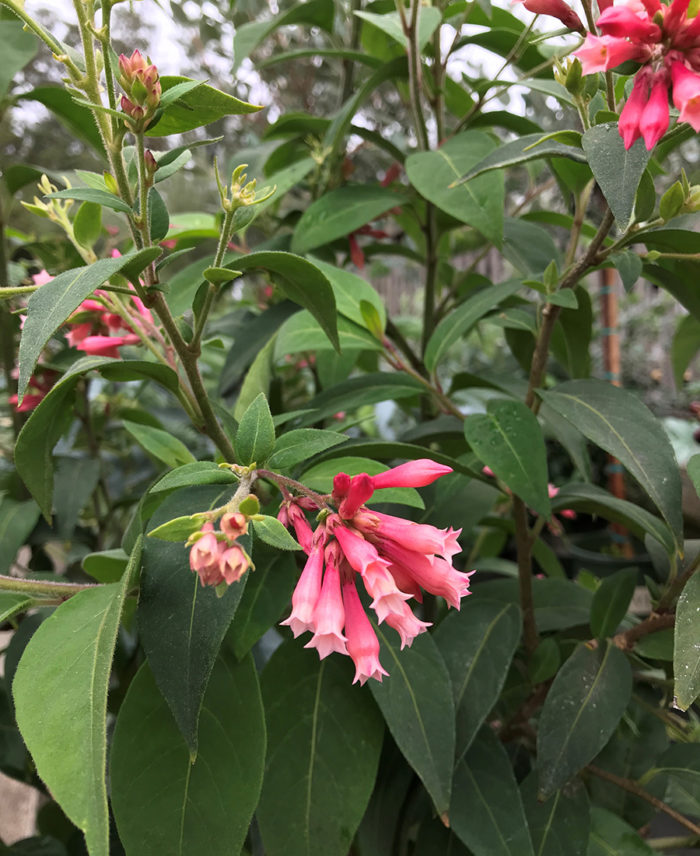
With days getting shorter and an occasional touch of morning chill in the air, September begins to feel like fall. In both the ornamental and the edible garden, it’s time to start traditional autumn tasks such as fall cleanup, amending soil, preparing for winter, and planning ahead for the following spring.
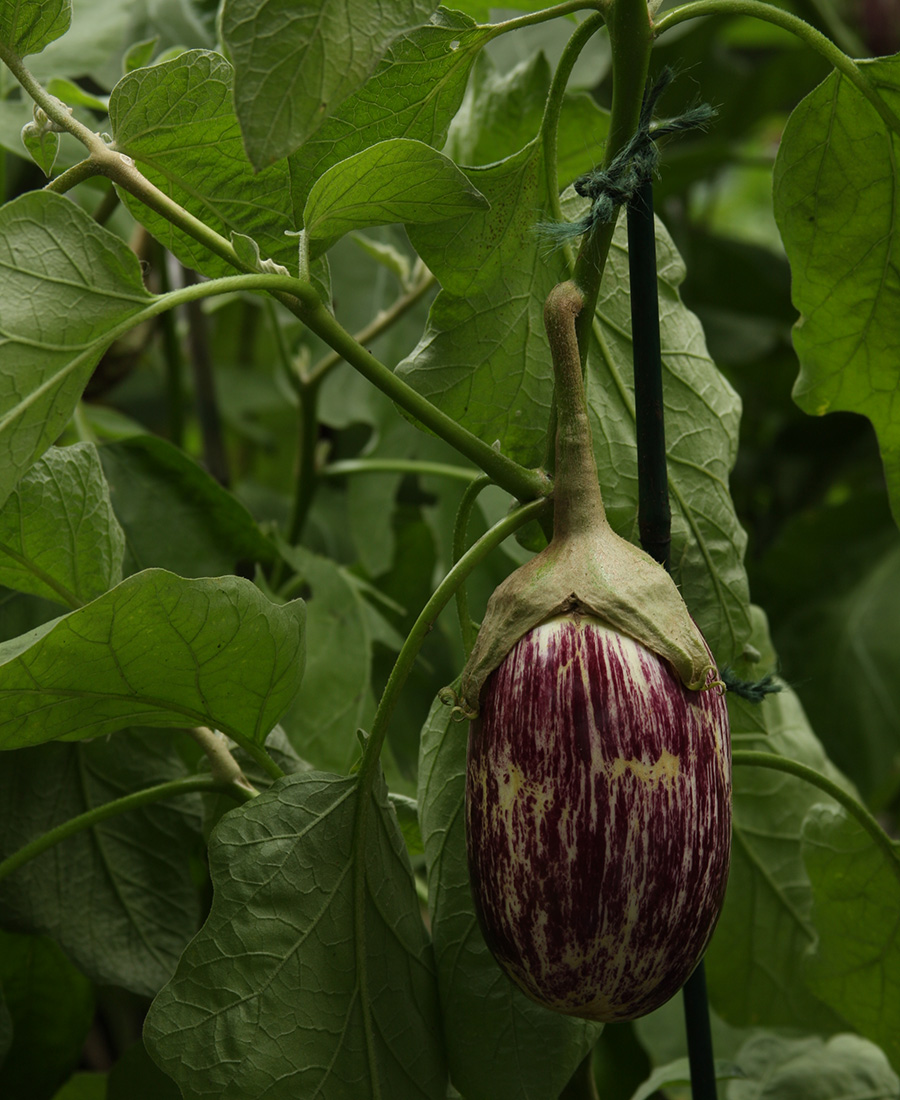
In the Edible Garden
Continue to harvest your produce. September is often peak harvest season in Northern California. Garden-grown fruits and vegetables are bountiful—sometimes overwhelmingly so—and canning season has officially commenced.
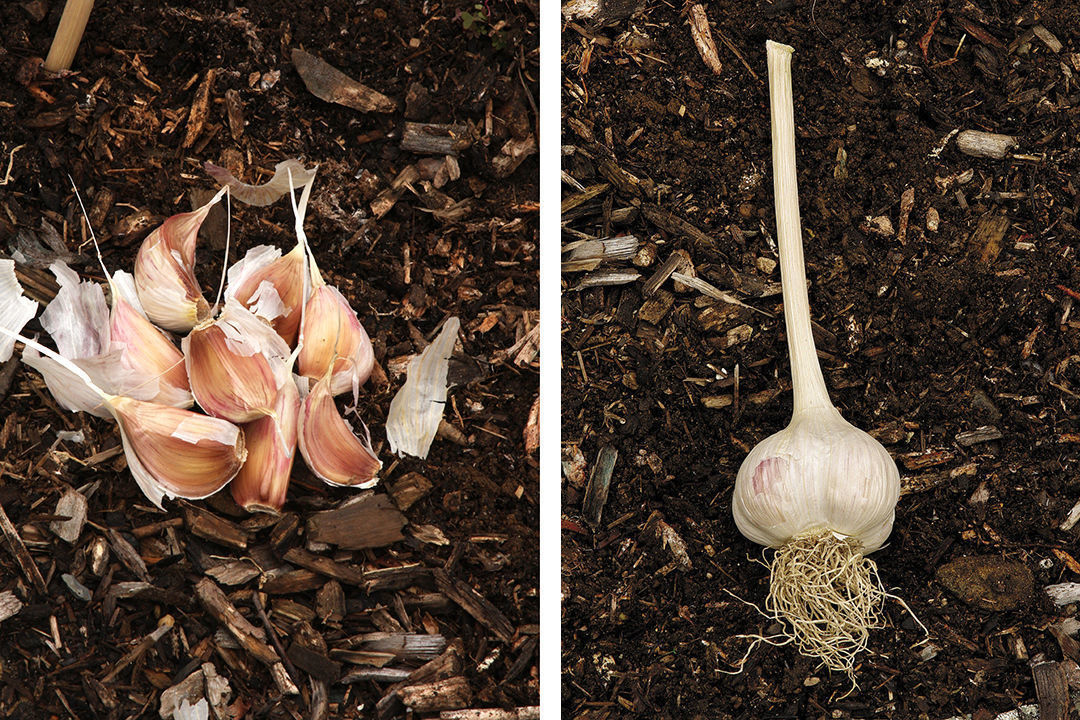
Shop for seed garlic. If you’ve never grown your own garlic, now is the time to start! Just like spring-blooming bulbs, the best and freshest selection of seed garlic bulbs becomes available either online or in your favorite nurseries in September for planting in early October. They are best grown in rich, amended soil and in full sun. Gently separate the cloves, planting them sharper end down 2 inches deep and 4 inches apart. For more information on planting and growing garlic, read here.
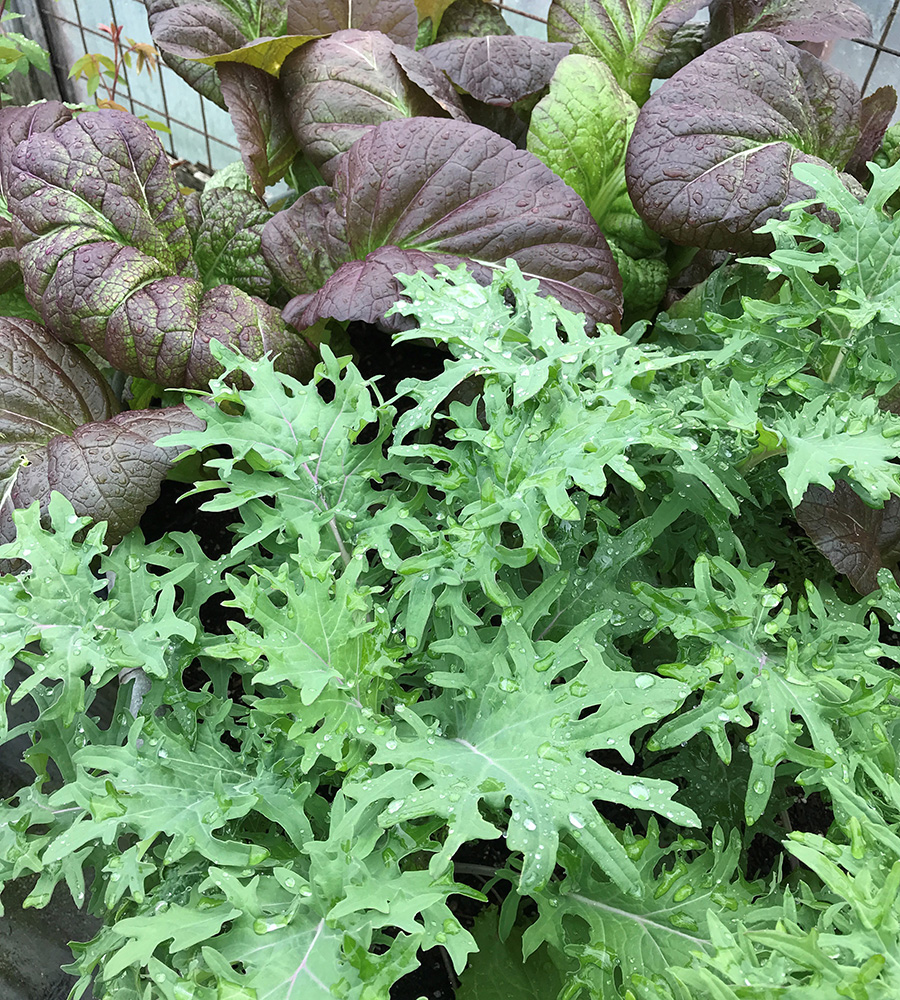
Plant your fall crops. As space becomes available, summer crops become spent, and you pull out the hardworking plants, it’s time to plant the fall-and-winter garden. Clean up diligently, and amend the soil well with organic compost. Check your irrigation system (which is still needed until the fall rains kick in), and start planting your fall-and-winter veggie garden, direct-seeding carrots, chard, peas, beets, and radishes, and transplanting your broccoli, cabbage, leeks, brussels sprouts, cauliflower, and kale starts.
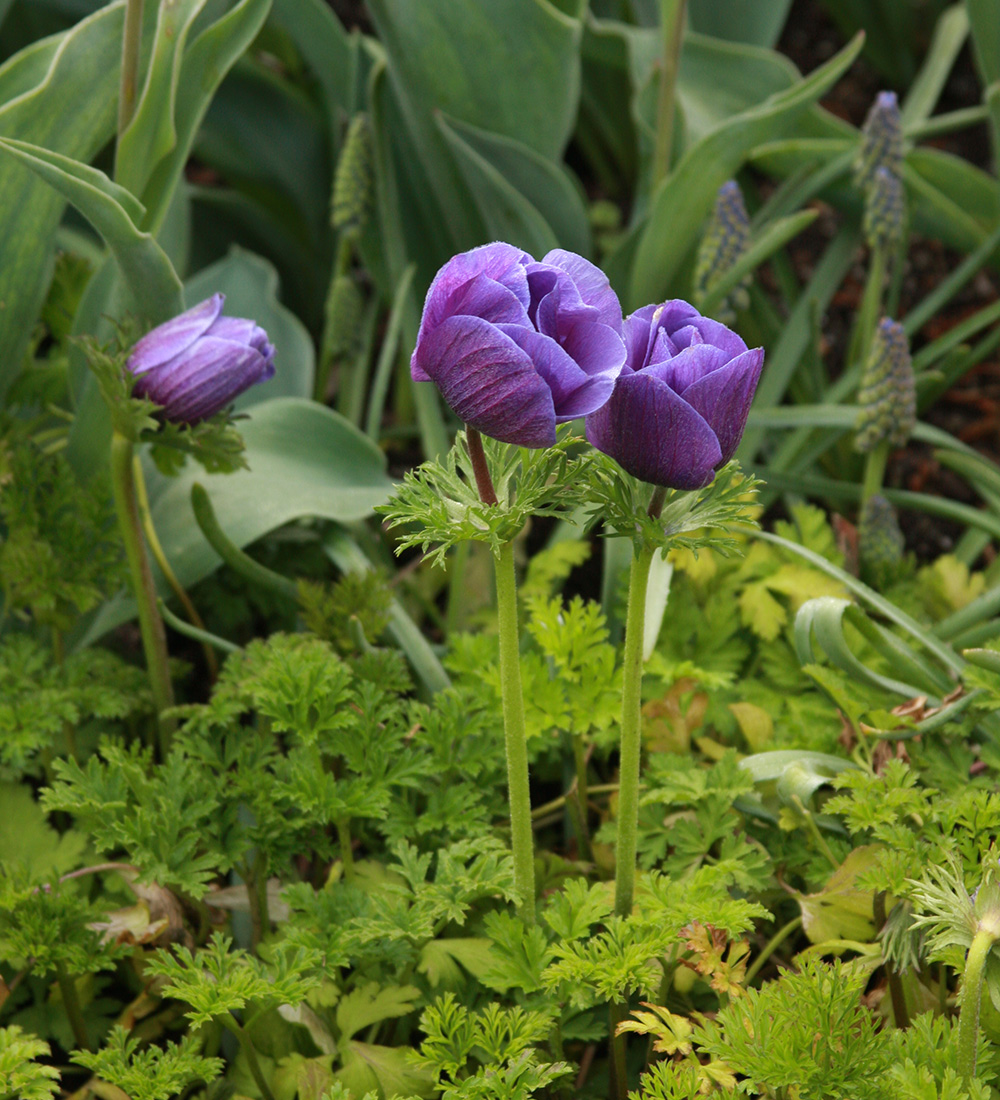
In the Ornamental Garden
Shop for spring-blooming bulbs. September is the best time to shop for spring-blooming bulbs. Find tried-and-true or unusual varieties of daffodils, crocus (Crocus spp. and cvs., Zones 3–8), freesia (Freesia spp. and cvs., Zones 9–10), anemone (Anemone spp. and cvs., Zones 3–11), Dutch iris (Iris spp. and cvs., Zones 6–9), and ranunculus (Ranunculus asiaticus and cvs., Zones 8–10) while they’re most plentiful in garden centers and nurseries. Or look for more inspiration here.
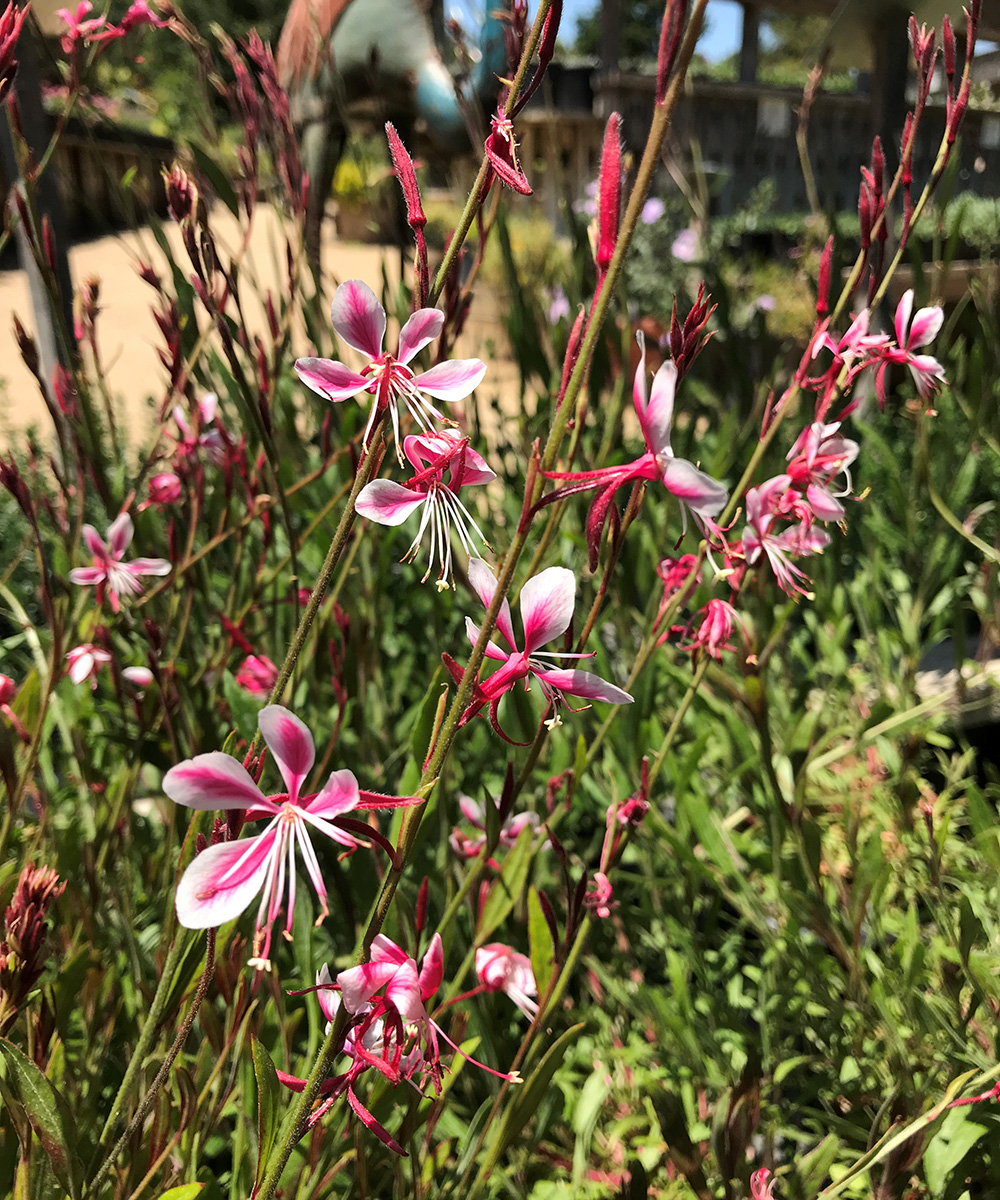
Plant new additions. With fall rains approaching, September is a fantastic time to add new trees, shrubs, perennials, and ornamental grasses to the landscape. Native plants respond particularly well when planted in fall just before the rains are expected. Your newly planted additions have time to establish deep root systems during the cooler seasons and will get off to a great start the following spring.
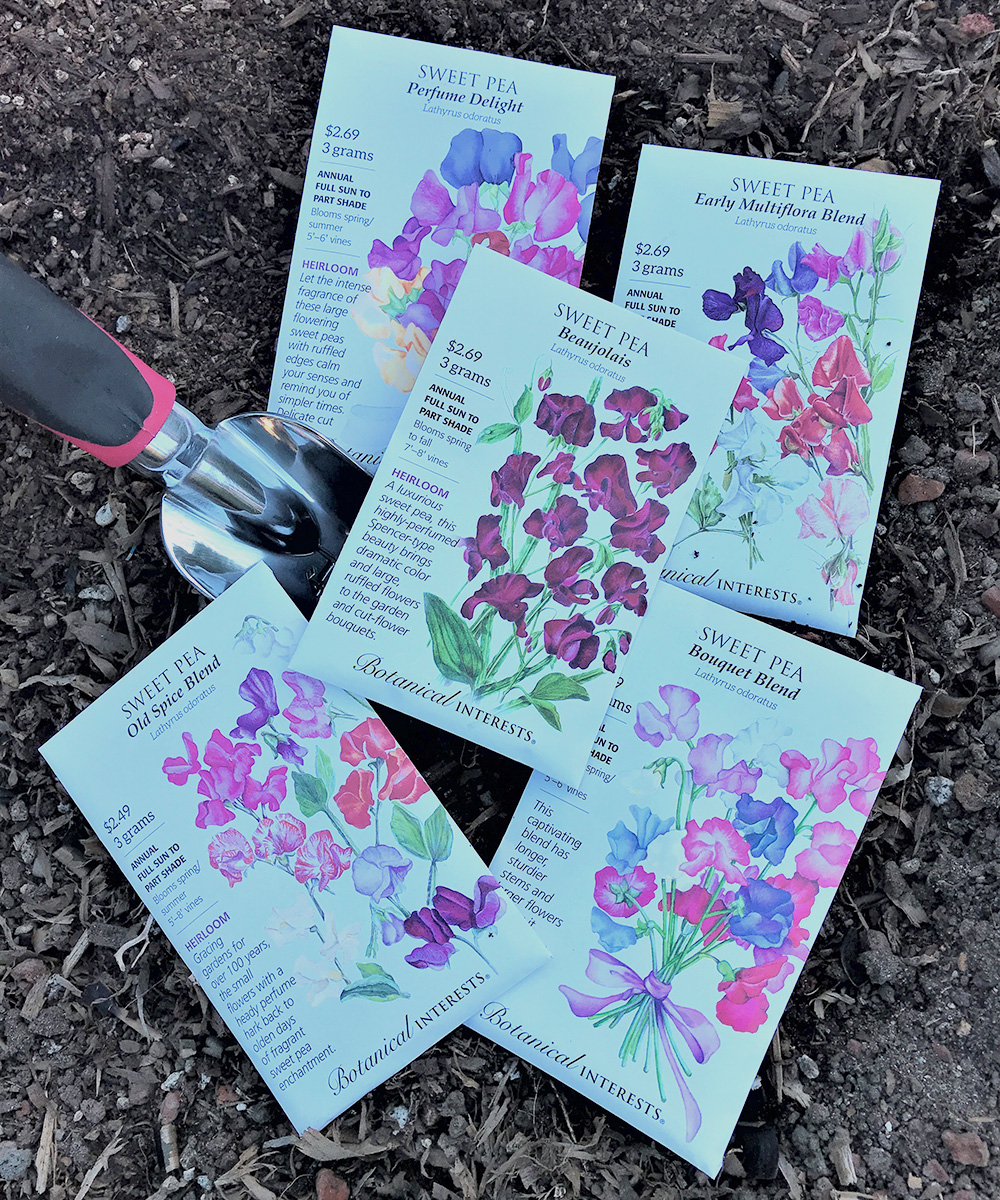
Plant sweet peas for next spring. It’s hard to believe, but late September is the best time to plant sweet pea seeds (Lathyrus odoratus, annual) to ensure deep roots, lush vines, and abundant, delightfully fragrant bouquets as early as the following April. Learn more about growing sweet peas in our region here.
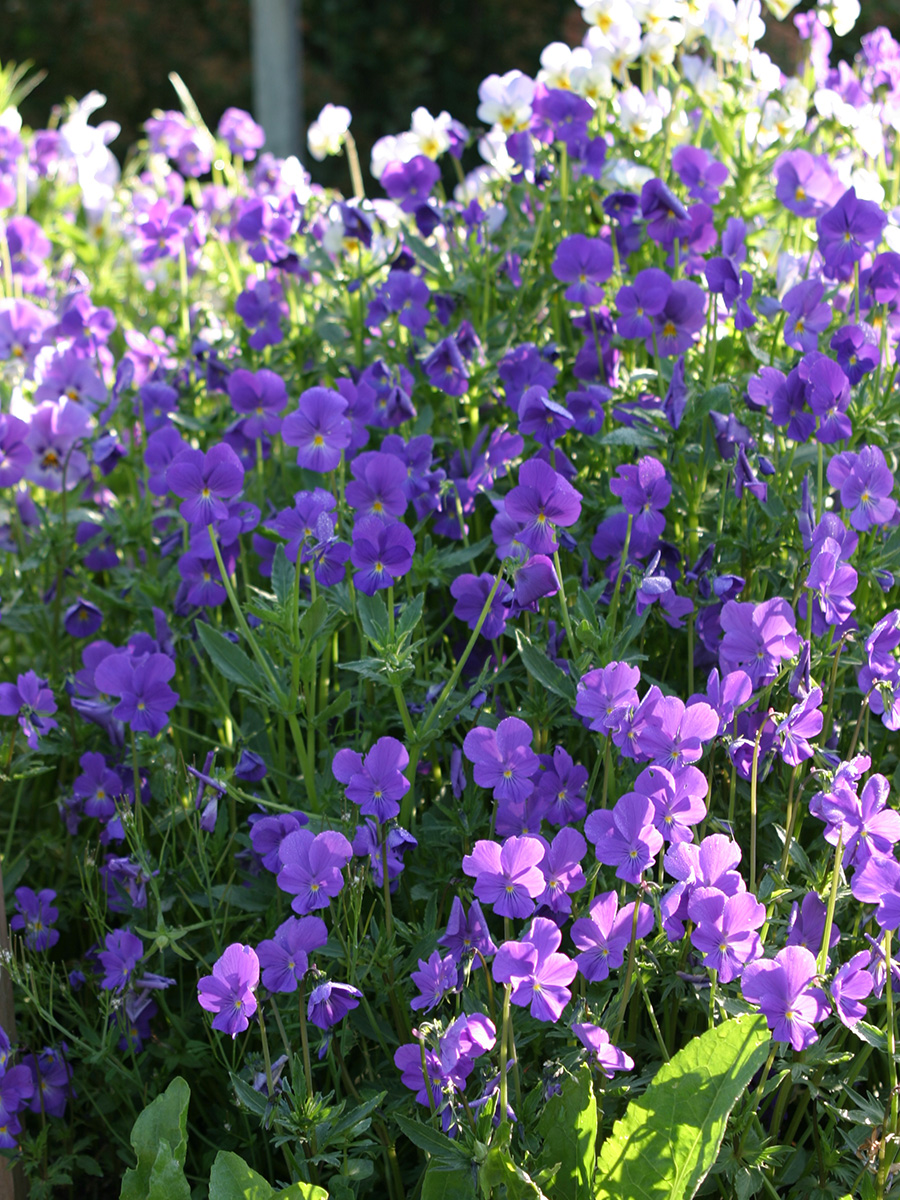
Plant winter-blooming annuals and perennials now while it’s still warm. Pansies, Iceland poppies (Papaver nudicaule var. croceum, Zones 2–7), violets (Viola spp. and cvs., Zones 3–9), primroses (Primula spp. and cvs., Zones 3–9), and ornamental cabbages (Brassica oleracea cvs., annual) will add delightful pops of color. These are all great picks to brighten up your fall and winter borders, window boxes, and containers from late fall through early spring.
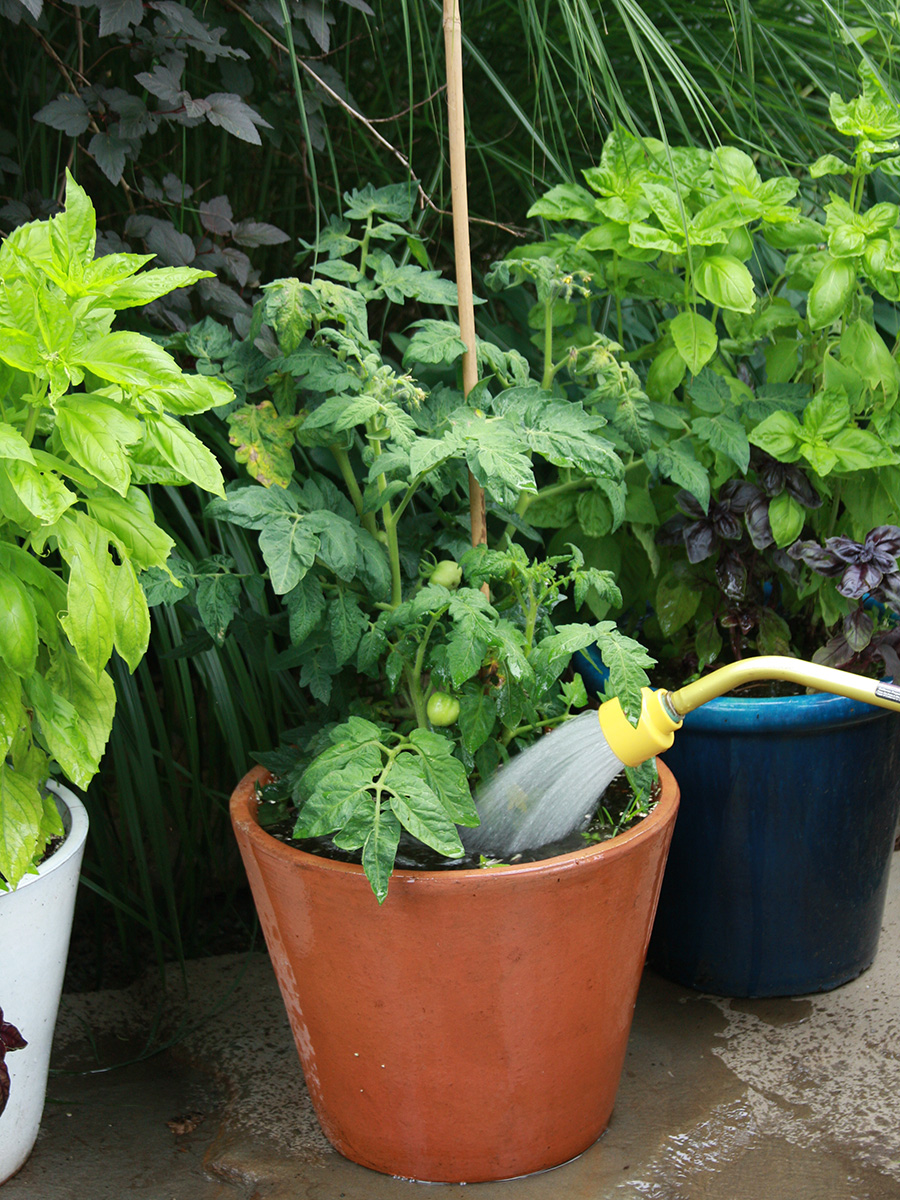
Be on Guard for September Hazards
Continue to water thoroughly. Despite shorter days, September can still be one of the hottest months of the year in Northern California. Gardeners need to be prepared for heat waves and tend to their gardens’ water needs accordingly.
Waylay hungry deer. Foraging deer can be a big problem in fall when gardens are filled with lush foliage and blooms. Your garden will become irresistible because the wild grasses and native plants that comprise the deers’ regular grazing diet have gone dormant or dried up in the heat of summer. Protect your plants with deer repellents, or block off easy access to your garden with deer netting or fencing.
Continue monitoring for pests and disease. Look out for aphids, ants, slugs, snails, weeds, and fungal problems.
—Fionuala Campion is the owner and manager of Cottage Gardens of Petaluma in Petaluma, California.


















Comments
Log in or create an account to post a comment.
Sign up Log in